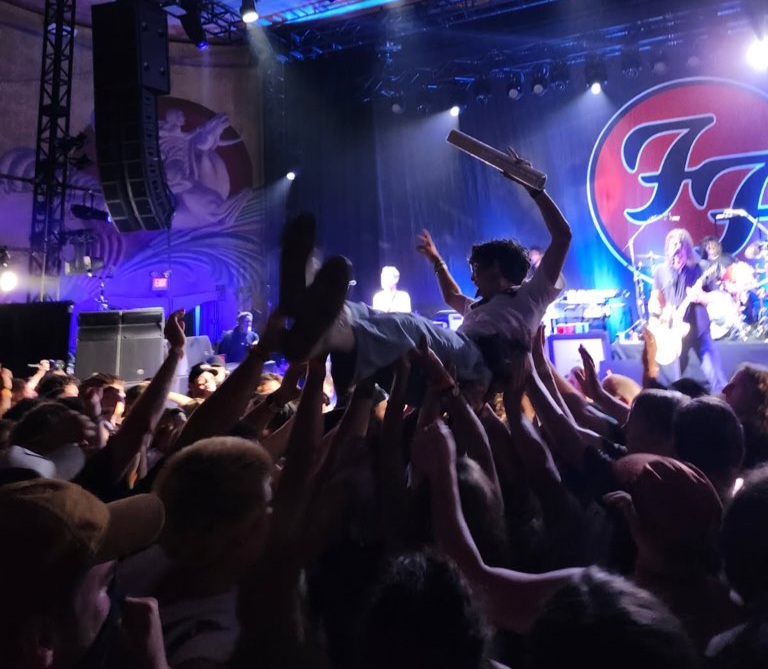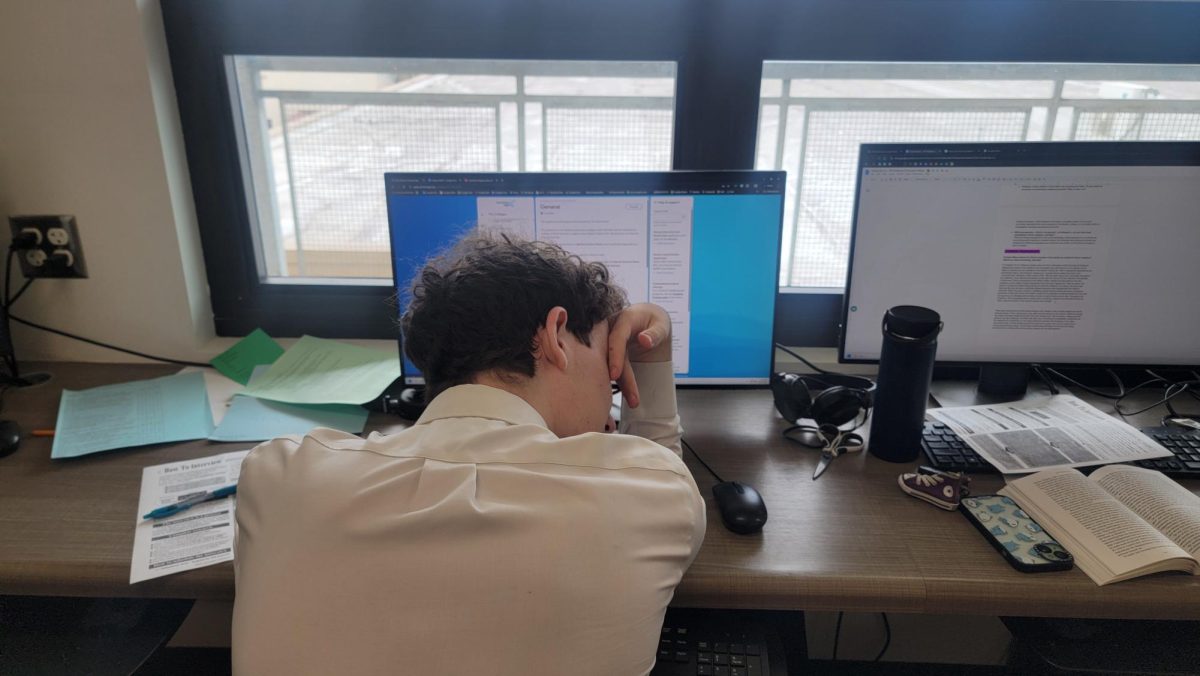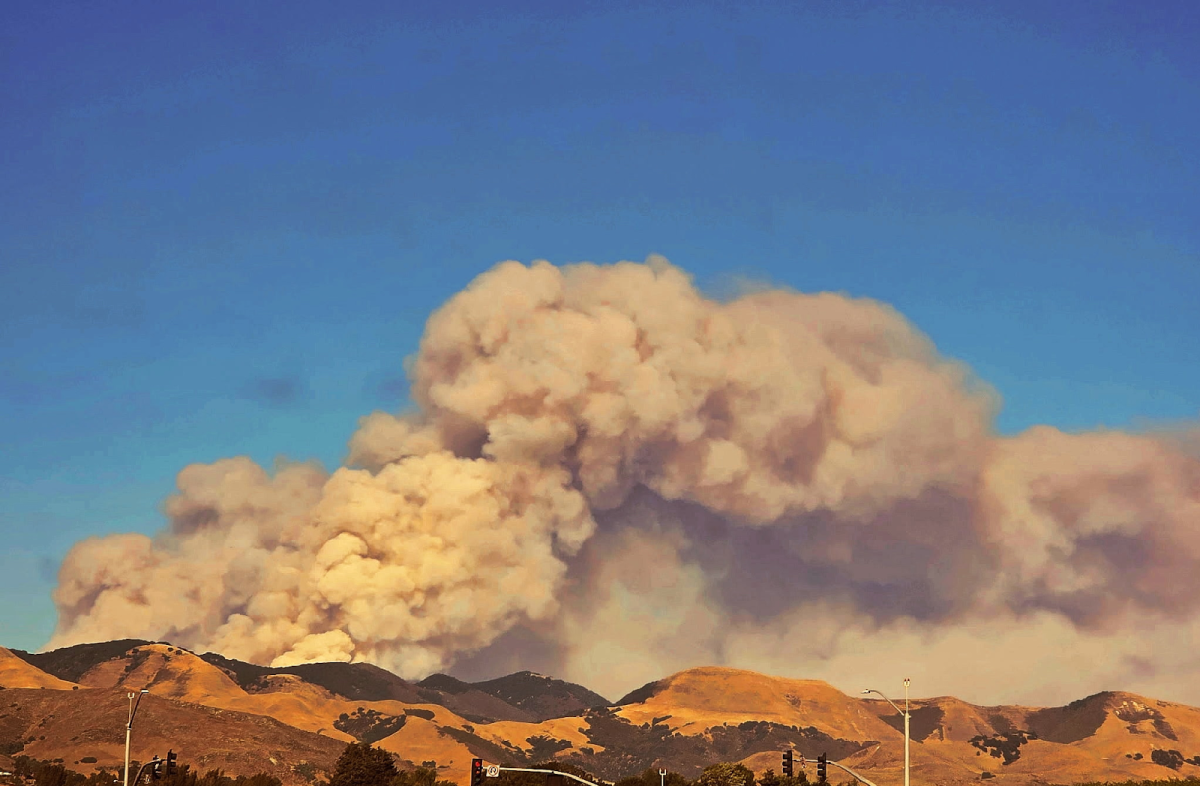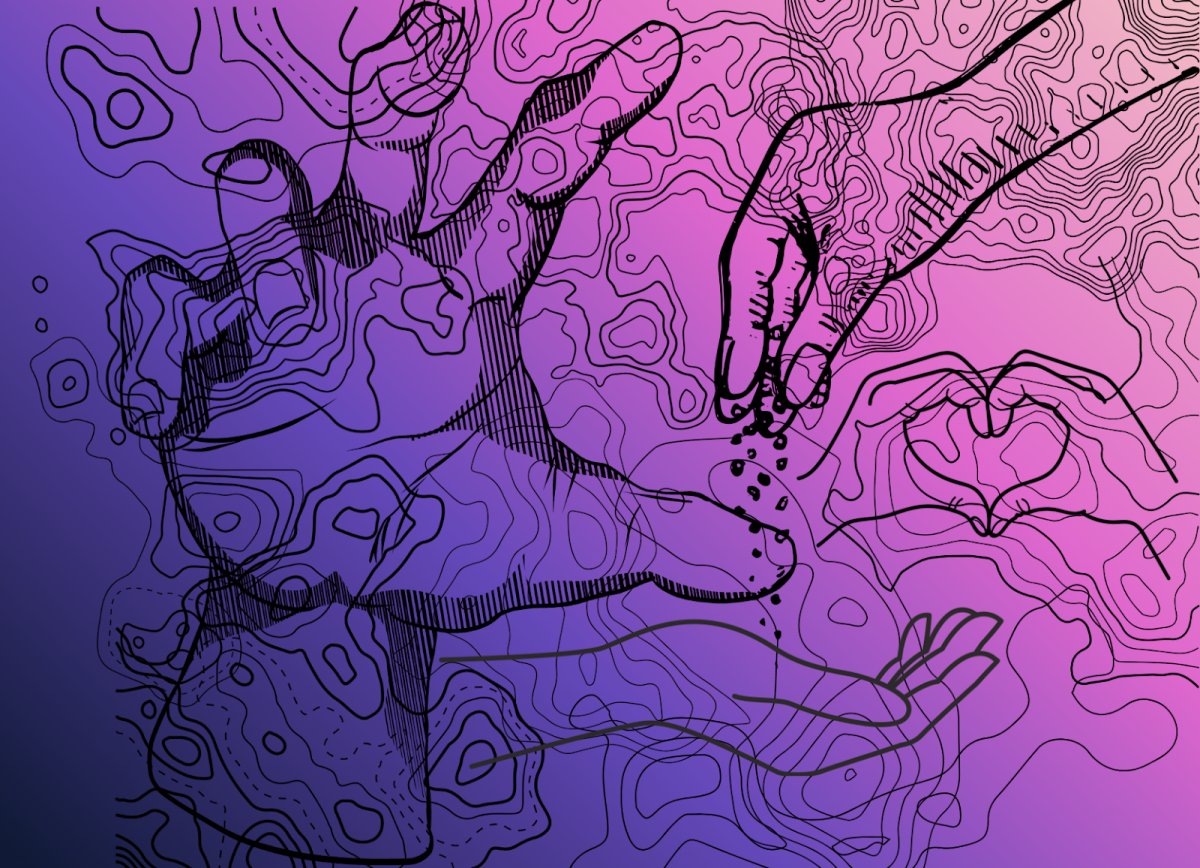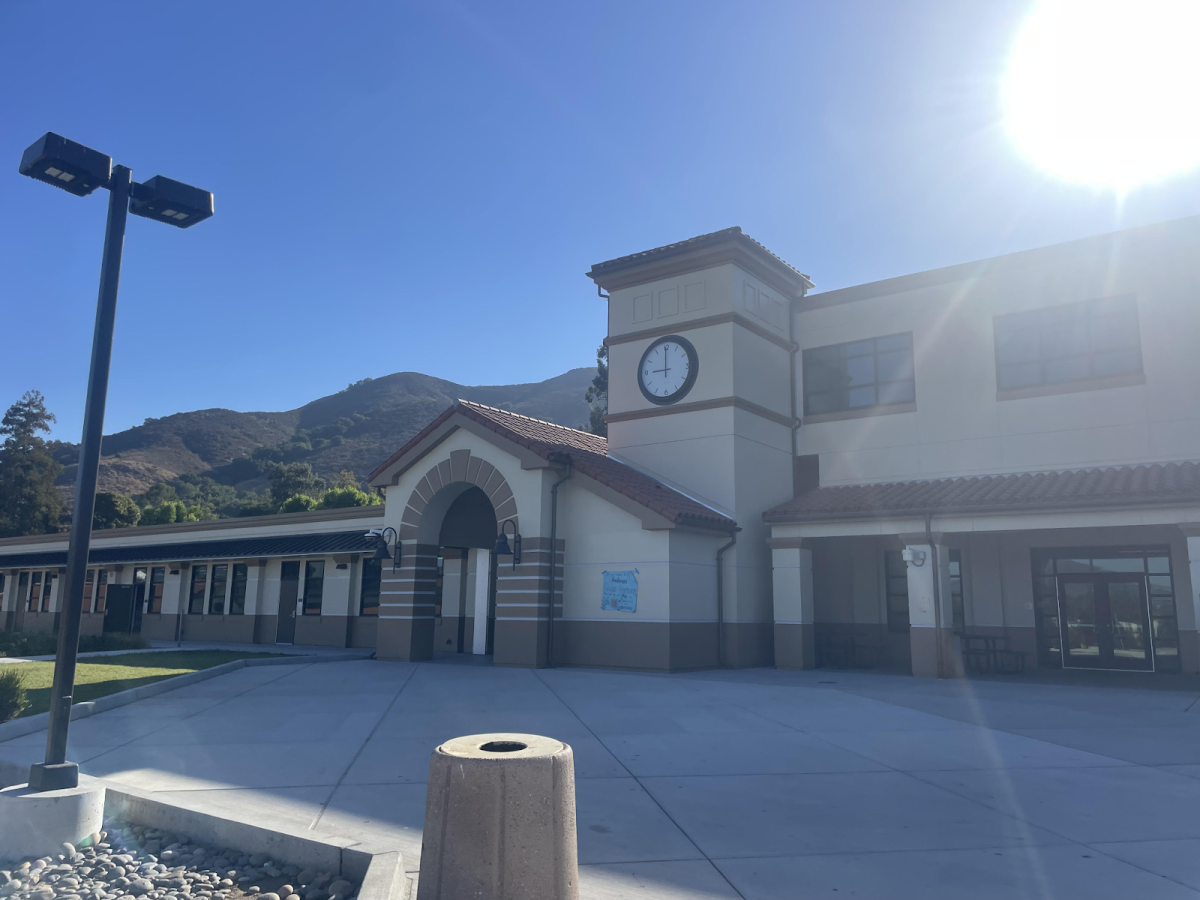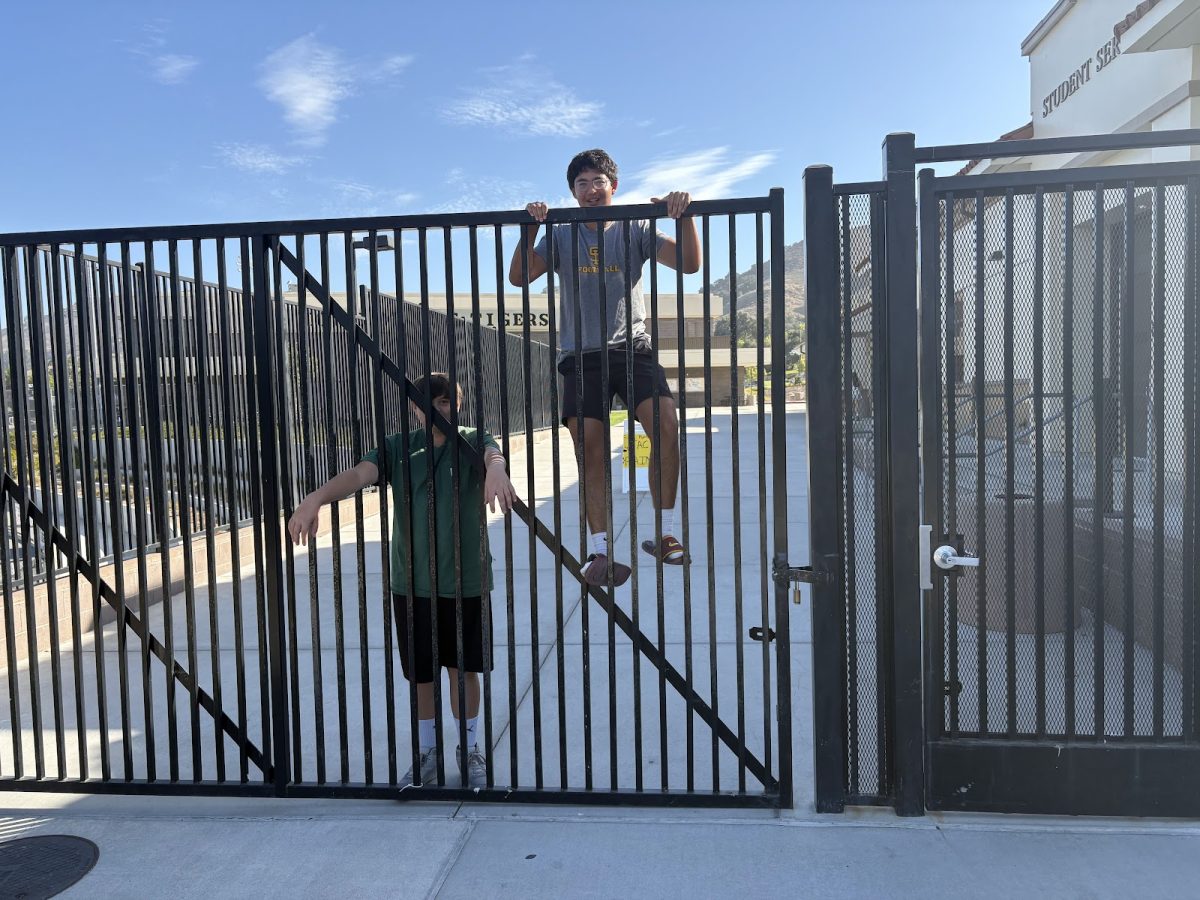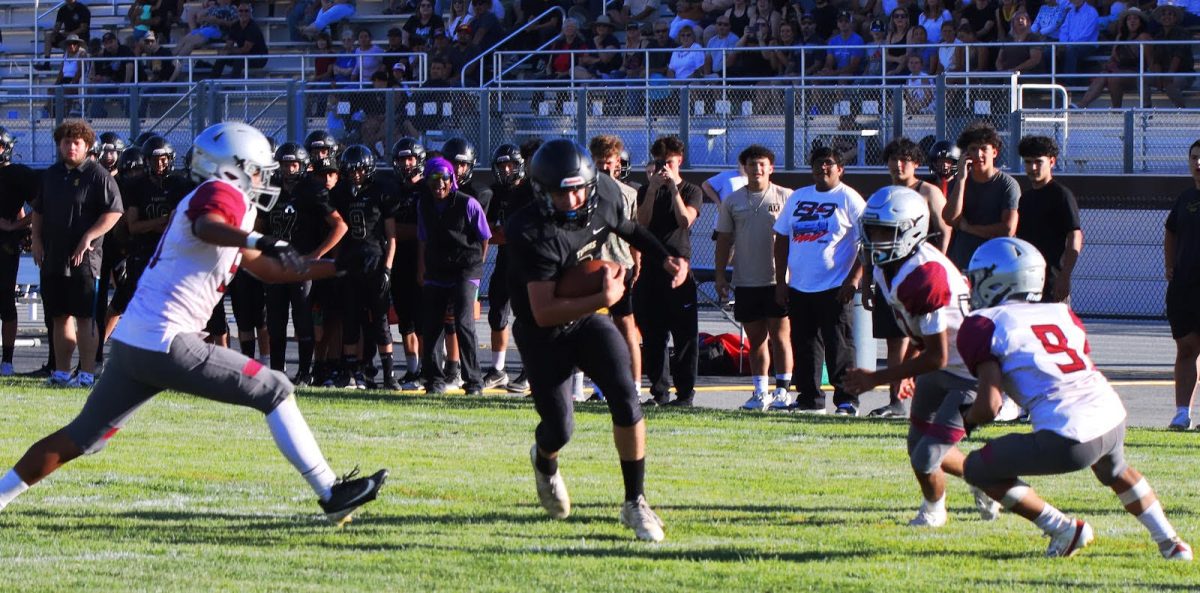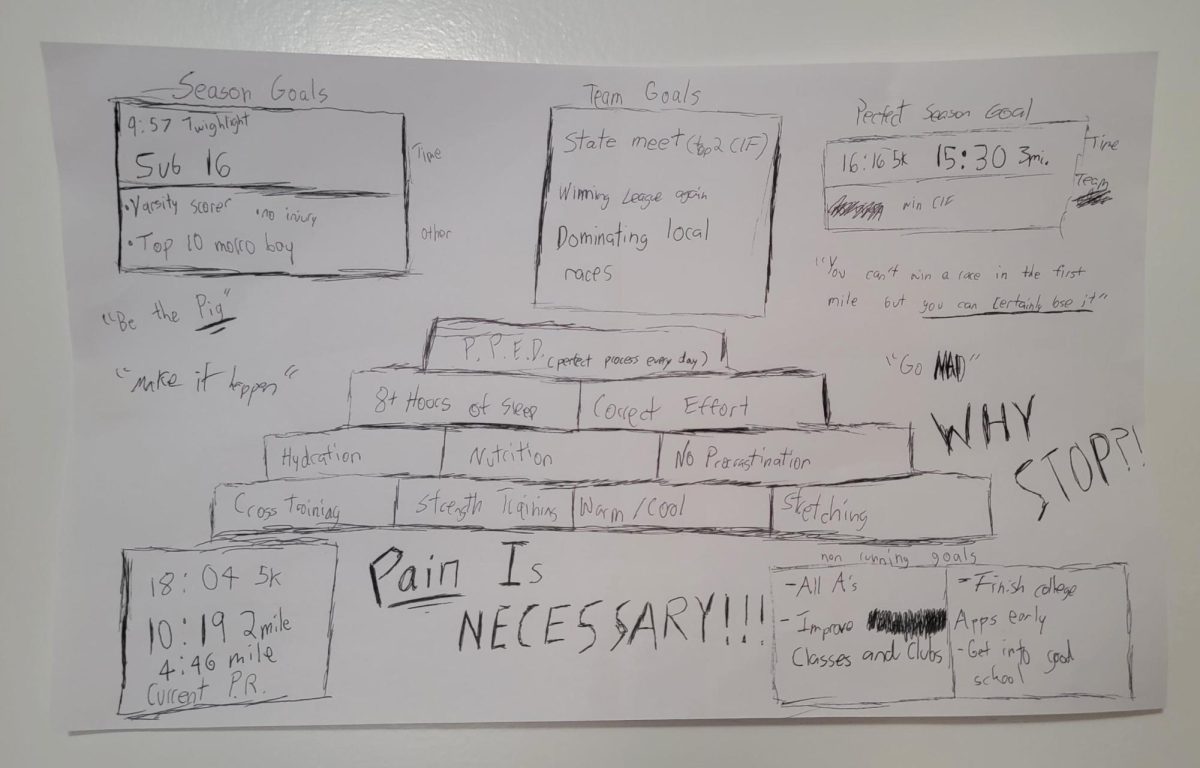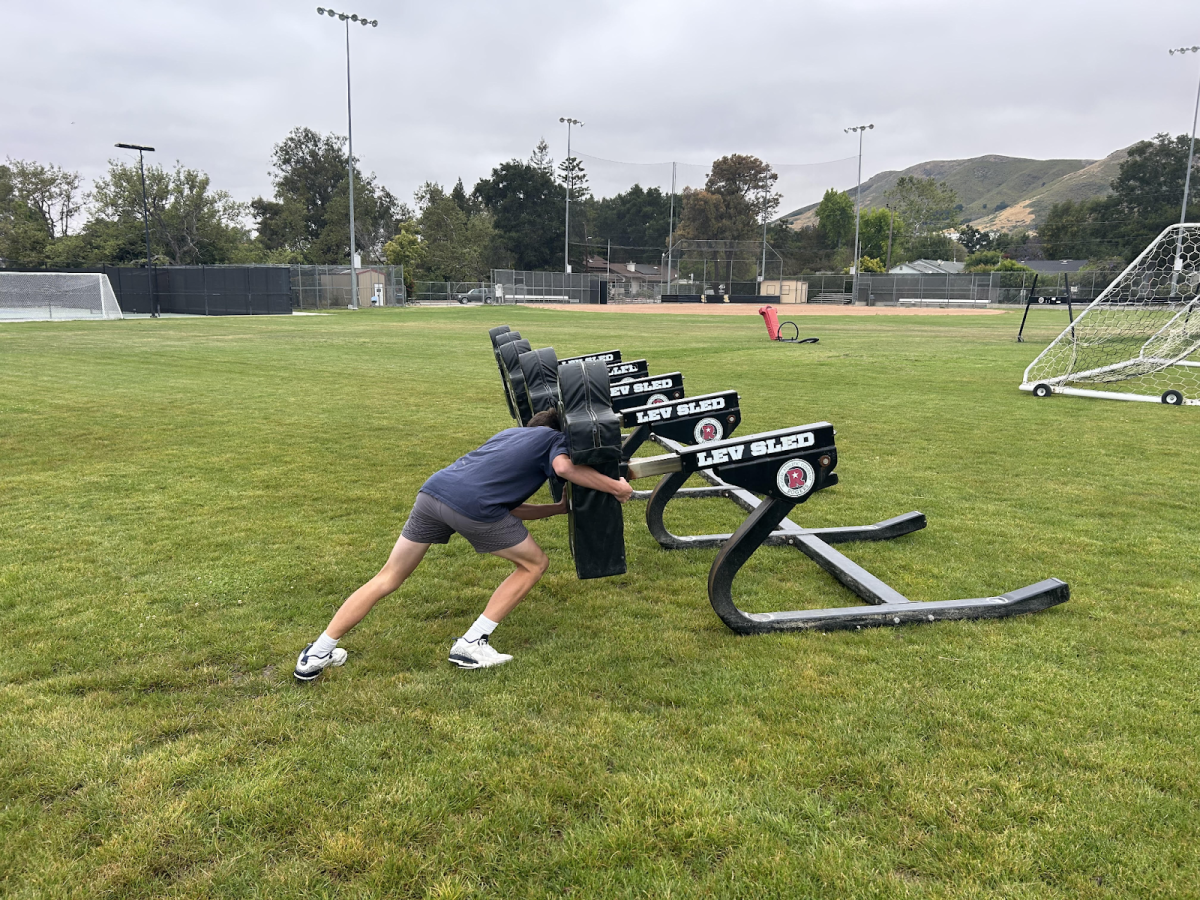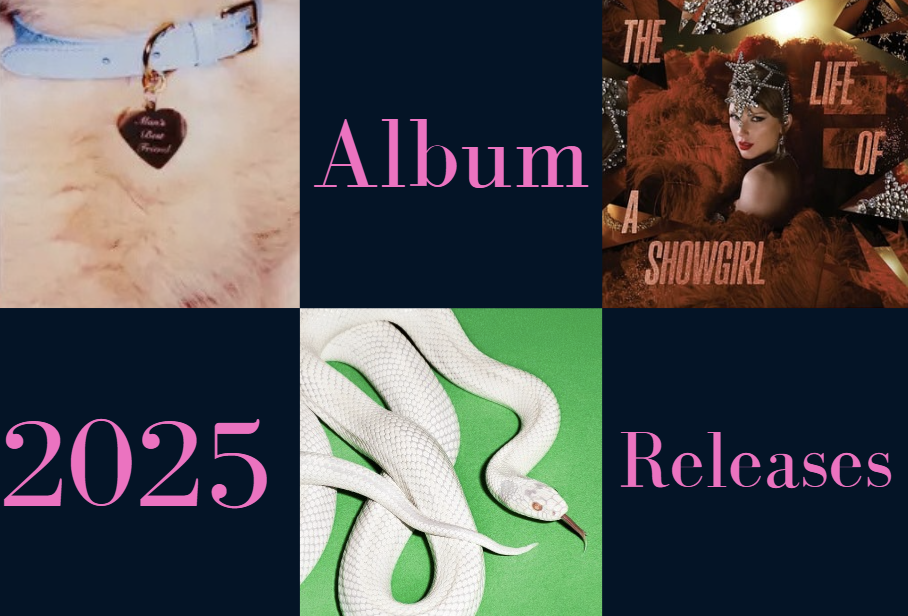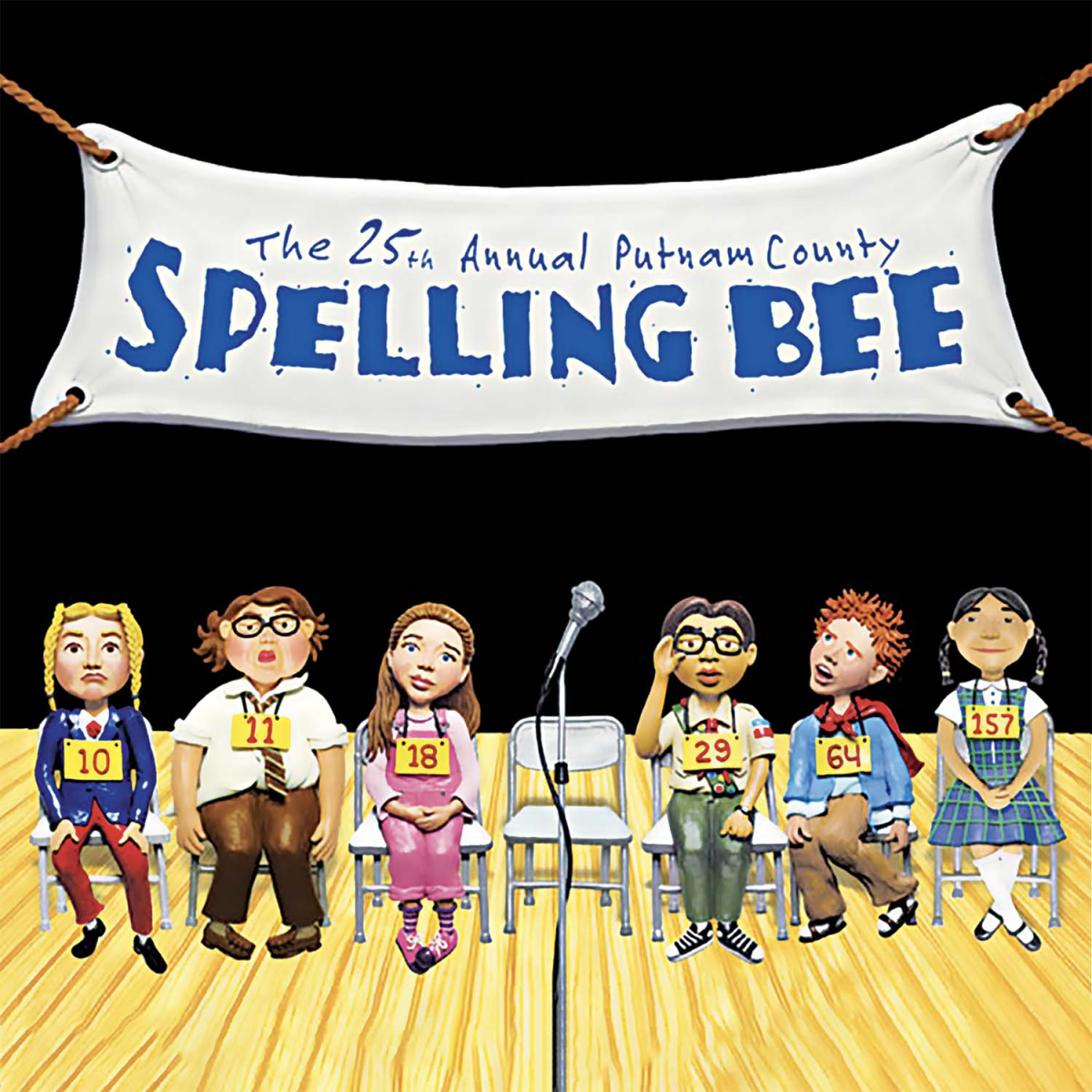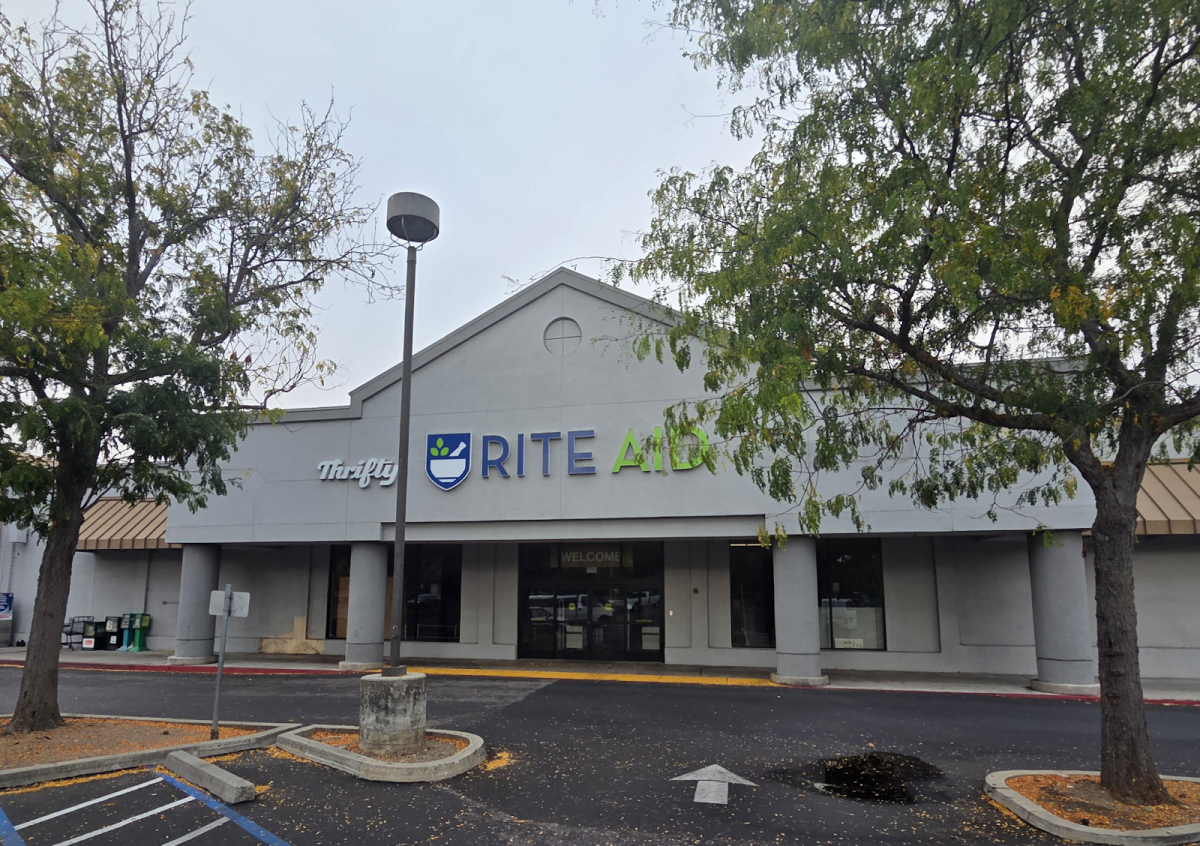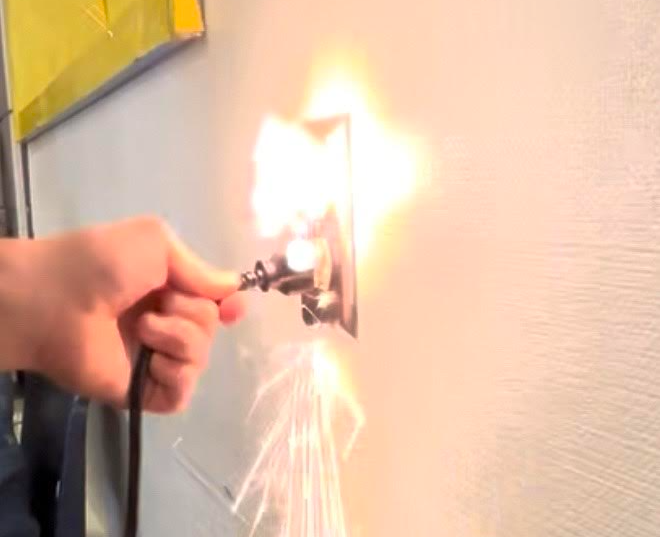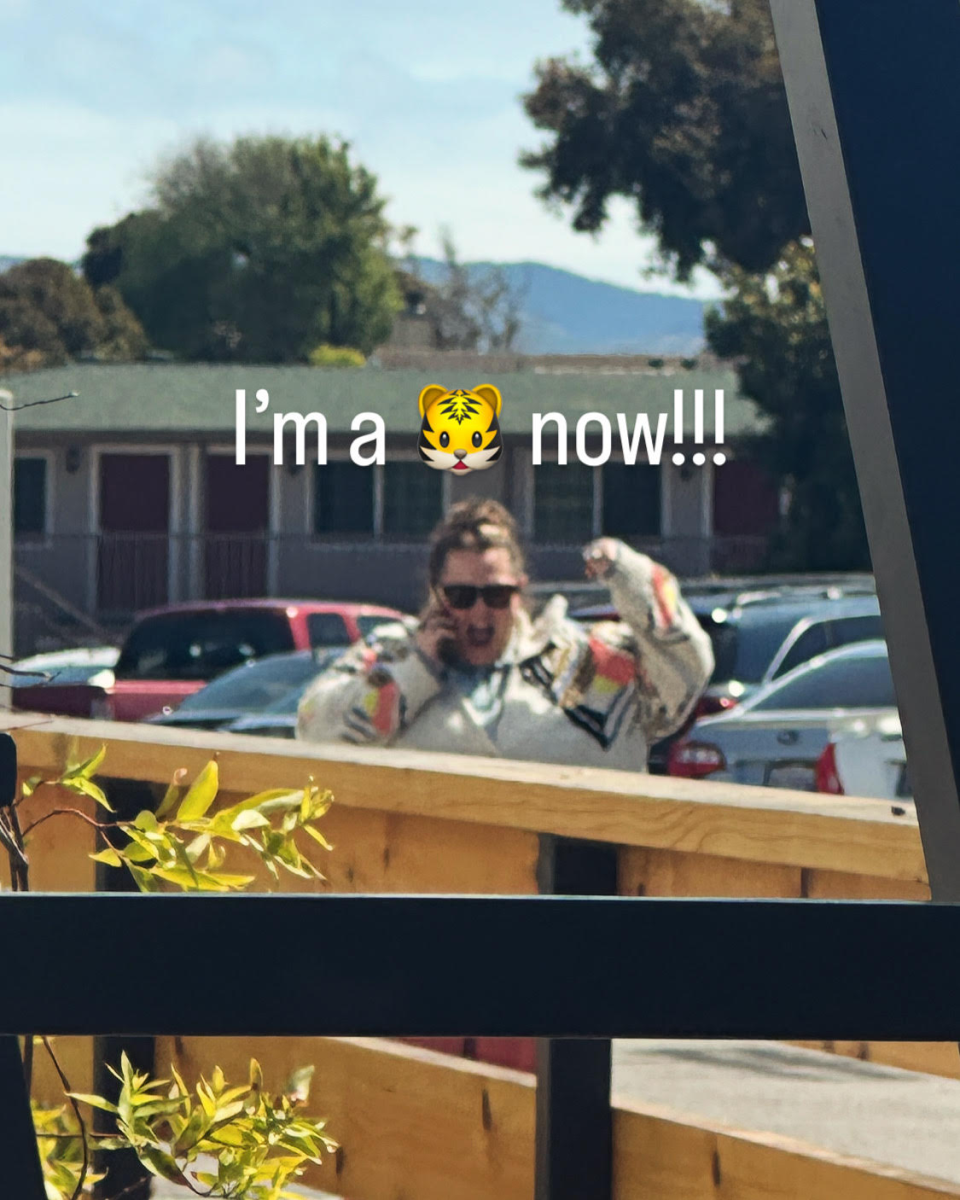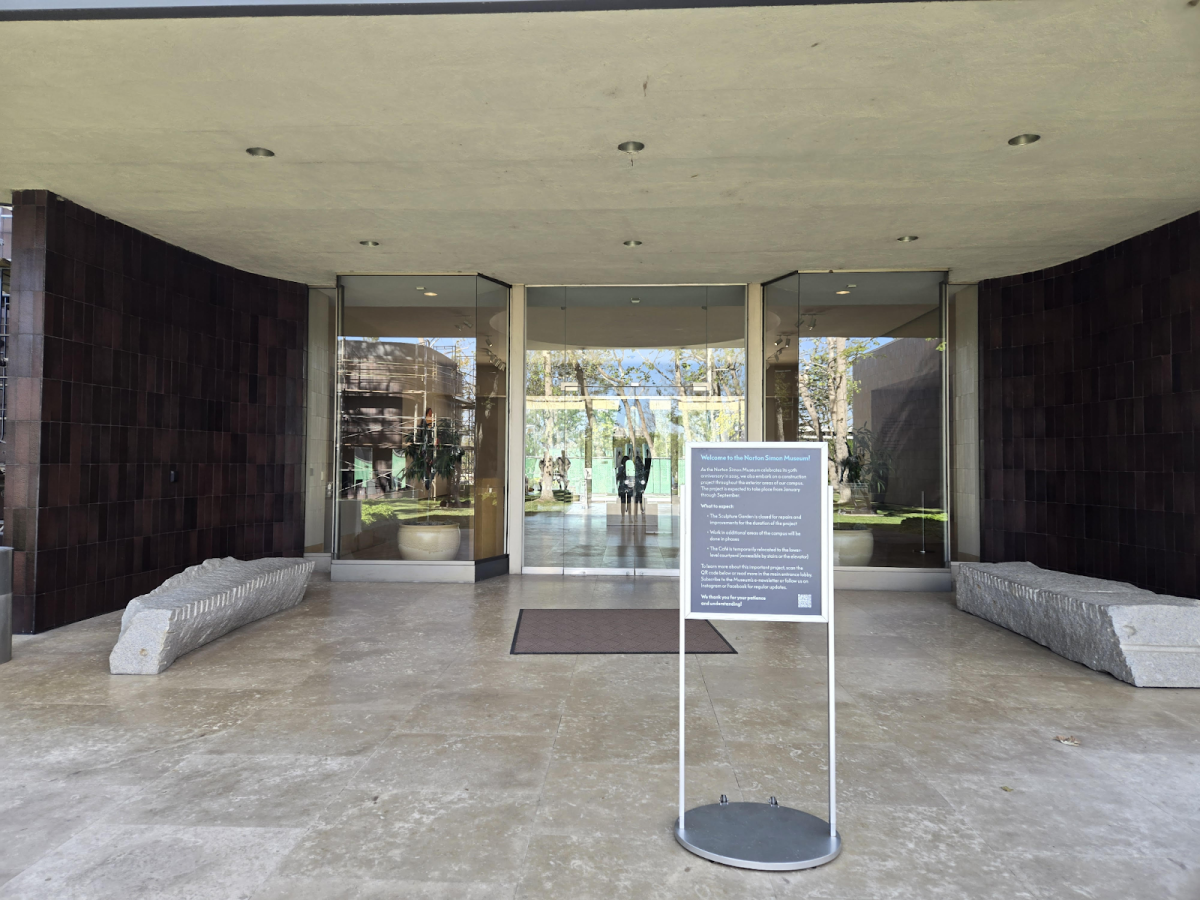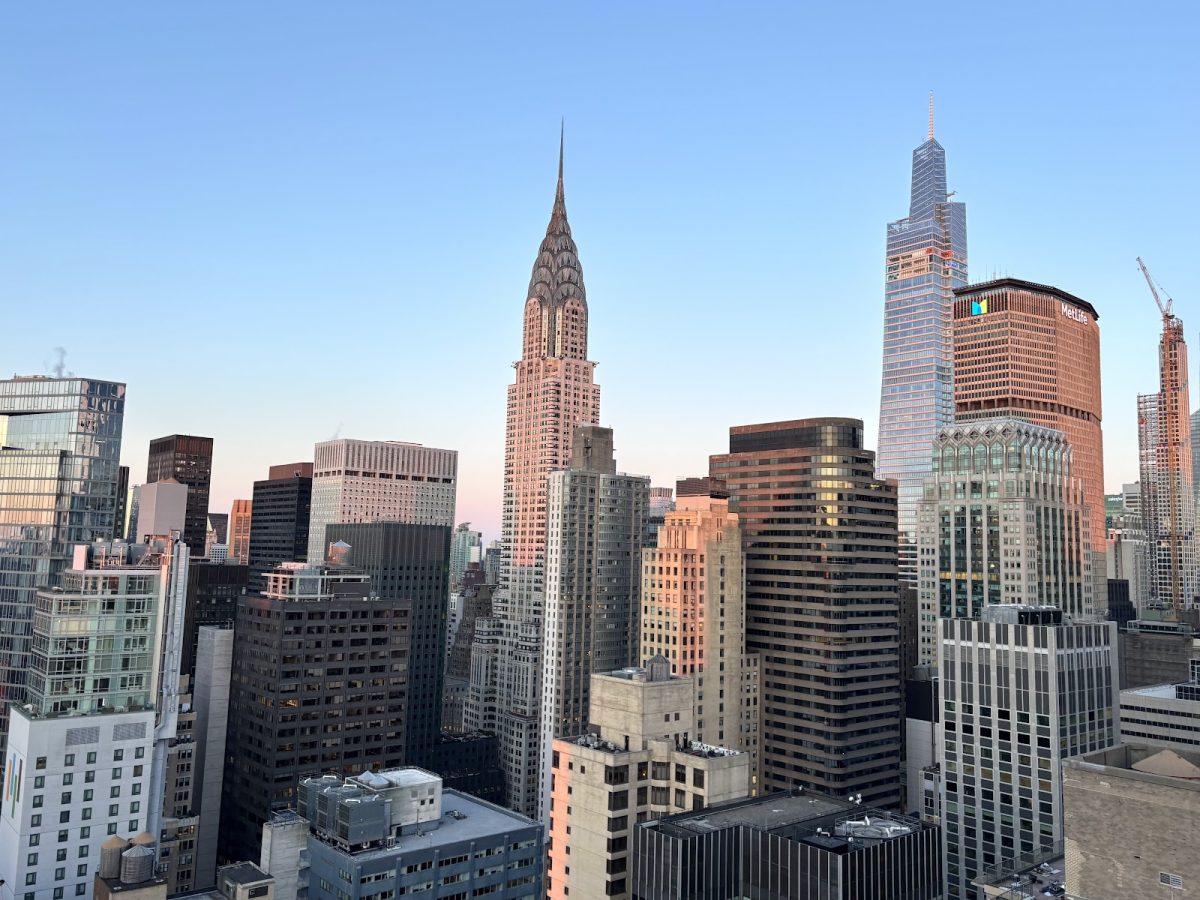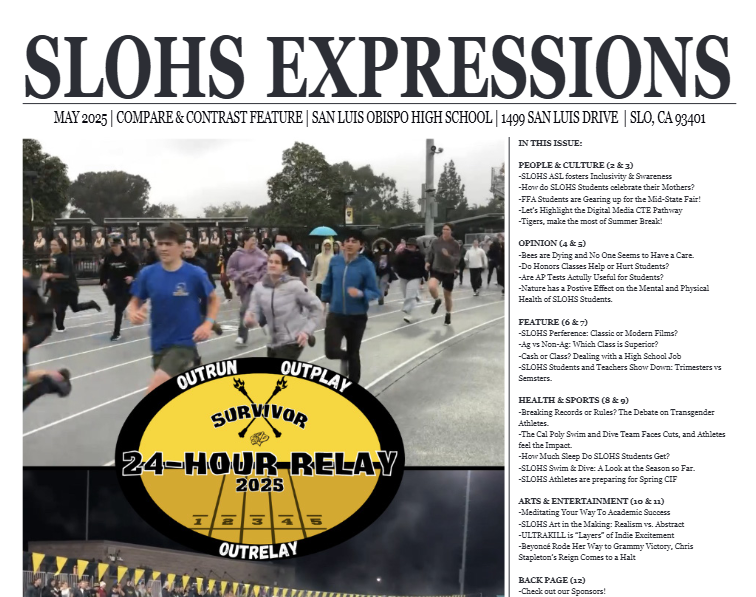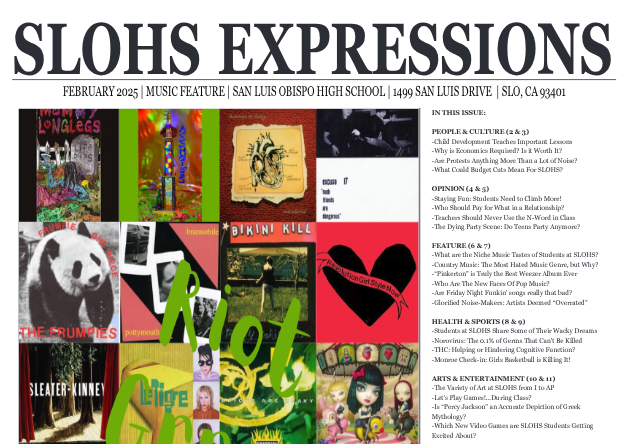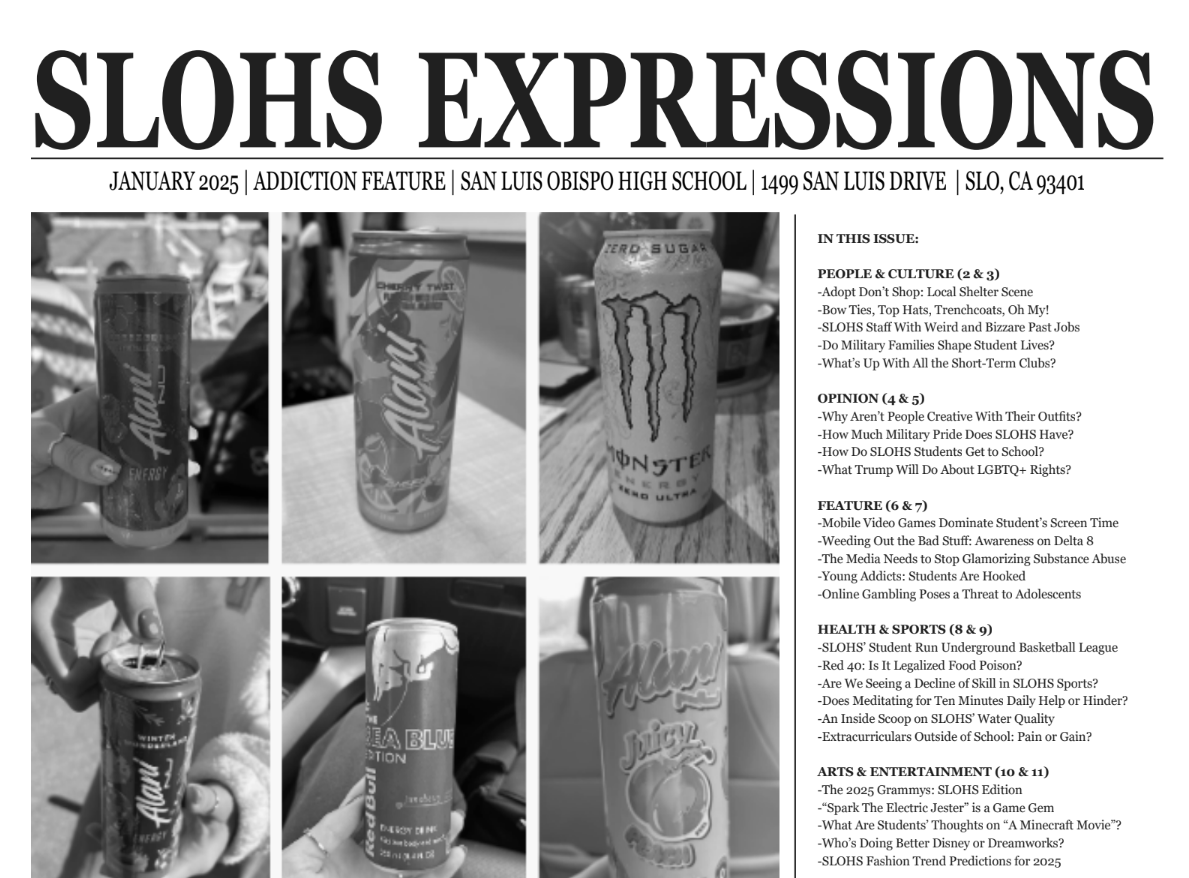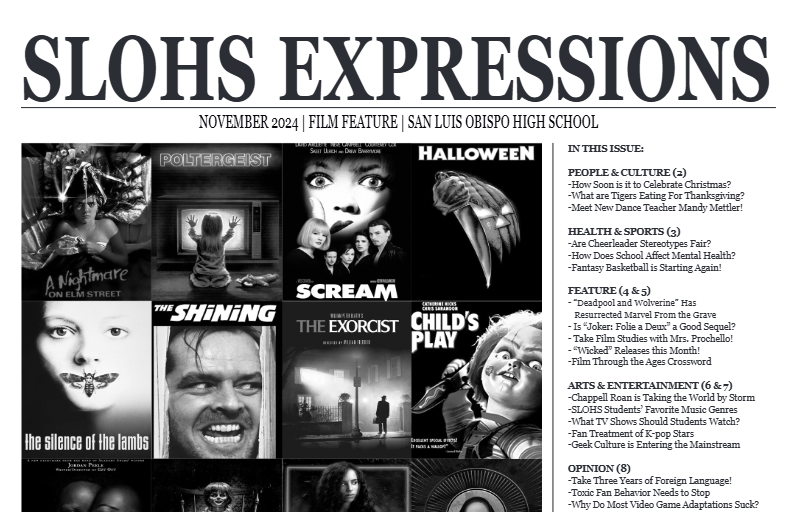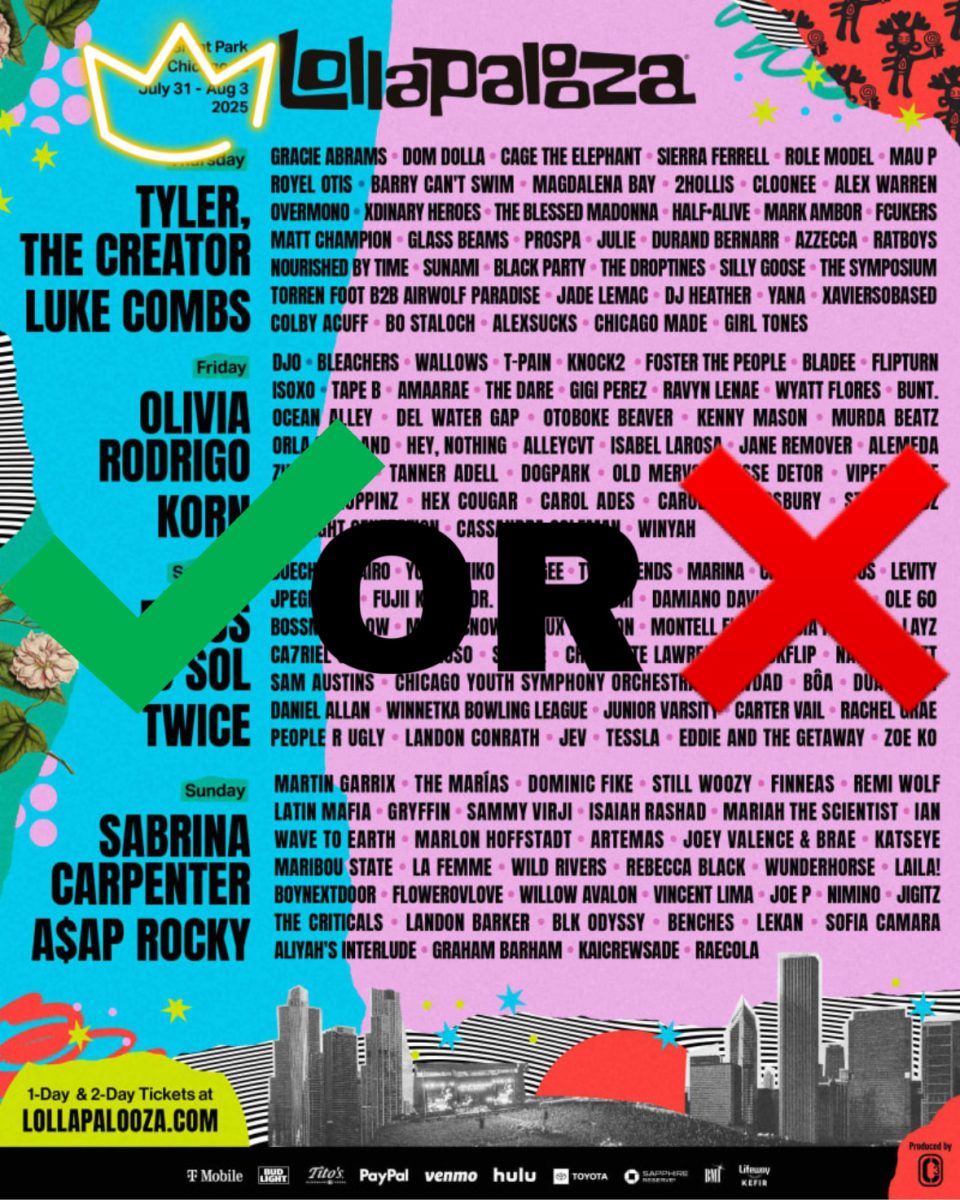Photo Courtesy of “Variety”
Self-expression is a founding principle of being human whether it is through writing, art, or in RuPaul’s case; drag. Drag for many people has been an artistic avenue in which they explore and build their own identities through drag performance itself, or living vicariously through the performers. “RuPaul’s Drag Race” has always offered a look into the world of drag for fans of the art form or to newcomers creating a community of self-love and acceptance.
This has been the experience for many San Luis Obispo High School students when it comes to RuPaul’s, so Expressions has decided to interview these students on their experience with the show and further explain the history of “Drag Race” and the ongoing season 13 of the show.
Since the release of her 1992 single “Supermodel (You Better Work)” RuPaul has been an international fashion icon. Appearing in countless makeup and fashion campaigns along with her original music videos; RuPaul has and continues to be a heavy-hitter in the world of pop-culture. Considered by many to be one of the pillars of American drag culture RuPaul began the competition show “RuPaul’s Drag Race” in 2009, to nurture and guide the future of drag in America.
“My job, our job as drag queens, has always been to remind you that this outfit you’re wearing, or this label you put on yourself, is just a label. Drag queens are the shamans or the witch doctors or even the court jesters—to remind you what is really real,” RuPaul in a 2019 “Vogue” article.
Drag has always had a focus on celebrating self-expression and diversity, and that is what “Drag Race” has taught its audience. Many Ru Girls, regardless of their placing in the competition, will go on to use their TV exposure to fight for LGBTQ+ rights and to further represent freedom and acceptance. “Drag Race” has slowly become a well-loved program by all audiences regardless of gender or sexuality, and has slowly become mainstream for most of the US. “Drag Race” has taught many how gender expression doesn’t run on a binary system and famously “if you can’t love yourself how the hell are you going to love somebody else?” It has helped many LGBTQ+ youth learn that they are perfect the way they are and that they have a place in society.
“Drag Race is important to me because it has taught me to be myself and express myself however I want. I discovered Drag Race during a time where I was being bullied for my sexuality and I thought that it wasn’t okay to be queer; however, after I watched Drag Race for the first time, I discovered this whole new world of the LGBTQ+ community that I didn’t even know existed and this honestly impacted my life more than I could ever explain,” said senior Emilia Gambucci.
On top of celebrating the diversity of sexuality and gender expression “Drag Race” has also focused on racial diversity and the racial problems facing our country. There have been many queens, on show, who deal with how religions from Islam to Christianity fit into their lives and their own gender identity. Gottmik is now the first transgender man to strut the stage of “RuPaul’s Drag Race” with a focus on paving a path for other trans drag performers, but she isn’t the first trans individual to own runway. Queens such as Monica Beverly Hills and Peppermint have gone through the journey of self-discovery on camera, allowing audiences to have a glimpse into the earth-shattering realization for many trans individuals. “Drag Race” reflects how both the LGBTQ+ community and the world are ever-evolving in discovering more about human expression through art. A celebration of what it means to be comfortable in your skin, and that everyone has the power to change the world.
“Not only does Drag Race “bring families together,” but it makes people feel like they have a place in the world where before they felt kinda lost. It brings a whole new kind of art into the world that so many people wouldn’t have known about before. It’s impact on the world is beyond measure,” said junior Linnaea Marks.
Source: https://www.vogue.com/article/rupaul-interview-may-2019-issue

